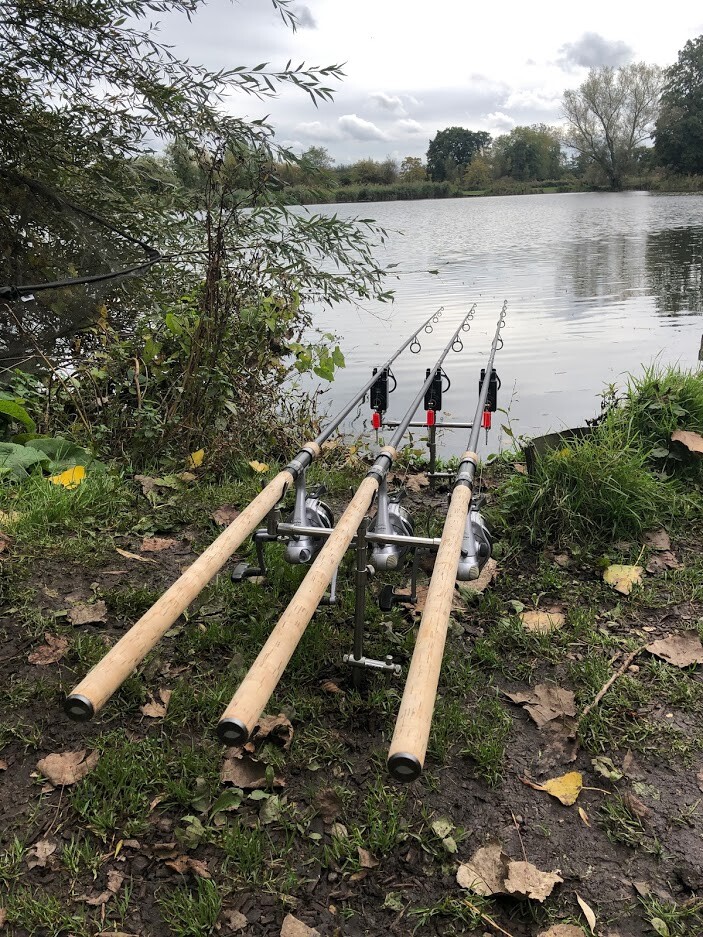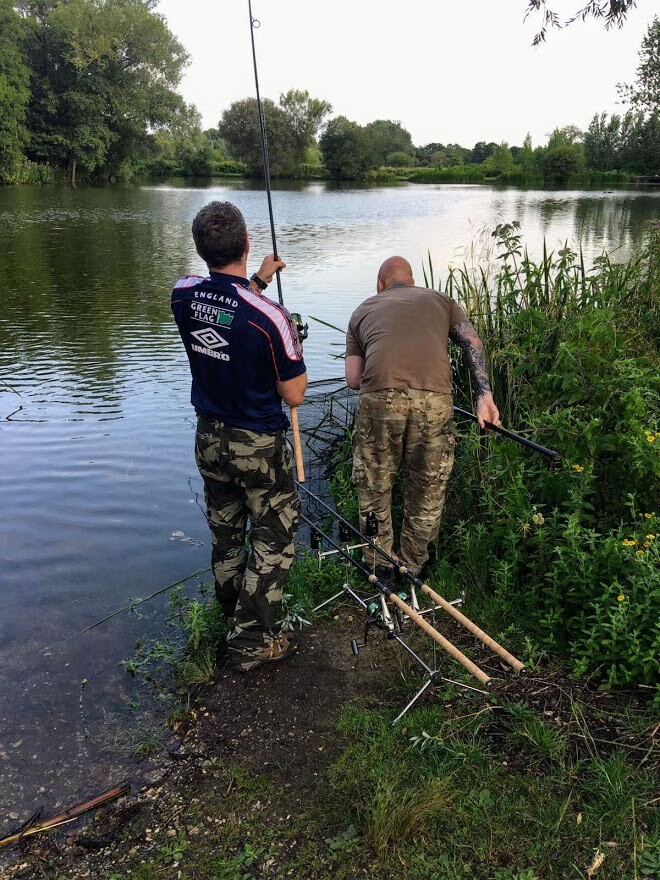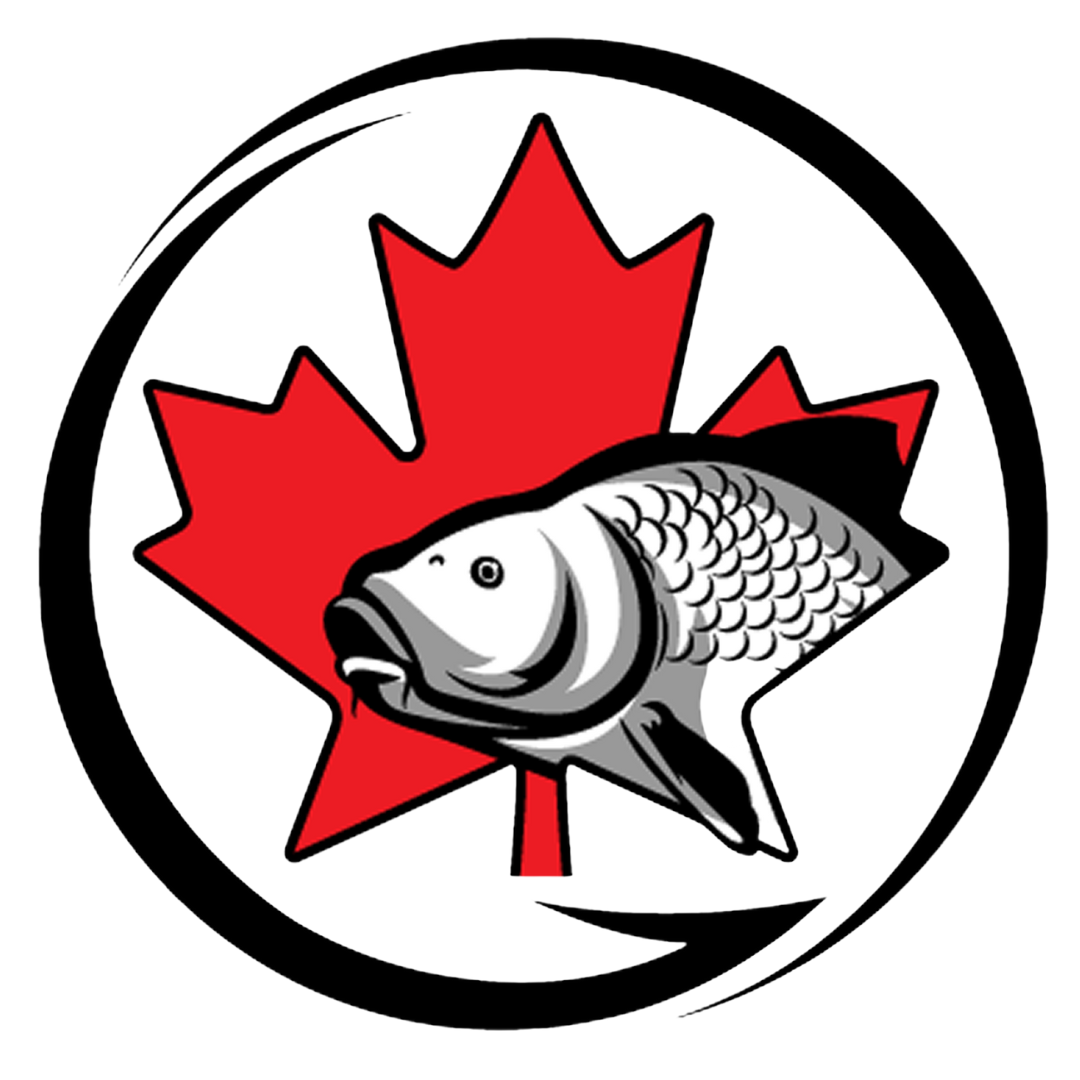
- Nathan Cutler
When Anglers heard the news in Spring of 2021 that the Ontario Fishing Regulations were amended to allow the use of multiple lines to target common carp, the first thought that came to mind was “Who fishes for carp anyway?” and a quick secondary thought of, “Nice, now I can cast for other fish while I wait for a bite on my carp rod!” Not so fast. This rule change has been long in the making and has been extremely well thought out to prevent the use of multiple lines for species other than carp.
It requires a bit of reading to understand fully. If you’re after the official regulations and have time to read through the legal wording, feel free to read the full release at Ontario Fishery Regulations, 2007 (SOR/2007-237).
Edit: Government of Canada – Regulations Amending the Ontario Fishery Regulations, 2007: SOR/2020-276
This article is more of a quick-to-the-point version of the need-to-know information on the multiple rod rule changes.

Three Rods for Carp in Canada – The Rules
So let’s get right into the information you came for, the rules, simply laid out right at the start of the article.
Where Can You Legally Use Three Rods for Carp in Canada?
Unfortunately, this isn’t a Canada-wide rule change. As much as it’s needed, you may only use three rods for carp fishing in Ontario. It is only limited to certain parts of Ontario where Common Carp Populations are most concentrated. For those outside Canada looking to book a carp fishing trip and wanting to use three lines, be sure to reference the map below to ensure you’re within the legal zones.
Section 32 (5) A person who is angling for common carp may use up to three lines in the waters of fisheries management zones 12 to 20, if all the following conditions are met:
Map of fisheries management zones 12 to 20 for reference.
Hopefully, with this rule change, we will see more growth and interest in carp angling, prompting other provinces across Canada to follow suit. Now that we understand where we can use three rods let’s get into the finer details of preventing other anglers from using multiple lines for species other than carp.
How To “Legally” Use Three Rods to Target Common Carp in Canada?
Assuming you’re within the boundaries of Ontario as outlined above, there are a few other rules you must follow while angling with three rods for common carp.
- You must be using either a plant-based bait or synthetic corn when angling with three rods for common carp.
- All 3 rods must be within two meters of one another.
The plant-based bait rule has been penned to prevent bycatch other than common carp while angling with more than one line. Since these baits are more likely to be picked up by carp than other species such as walleye or pike, it is a decent way to determine what species an angler is targeting.
Another worry of allowing multiple lines for carp was overcrowding on the banks in certain areas. Limiting the distance between anglers’ rods will help to alleviate overcrowding on the banks in the more popular swims.
Rod pods and bank sticks are popular setups for carp angling, and when using a rod pod, all three rods an angler uses would be within this regulation.
Regulations amended on 2020 – 12 – 16.
Ontario Fishing Regulations, 2007
Angling Restrictions
Section 32 (1) Subject to subsections (2) to (5), no person shall angle with more than one line.
Section 32 (5) A person who is angling for common carp may use up to three lines in the waters of fisheries management zones 12 to 20, if all the following conditions are met:
(a) the person is using plant-based bait or synthetic corn;
(b) if the person is angling from a fishing vessel, all of the lines used by the person are on that vessel with the person; and
(c) if the person is not angling from a fishing vessel, each line used by the person is within two meters of another line used by the person.
Why Was The Multi-Line Use Regulation Amended?
Unbeknownst to the majority of North Americans, Common Carp are one of the most targeted and sought-after fish by anglers on a global scale. In many European Countries, Carp Fishing is a Multi-Million dollar industry.
Although Canada has one of the best natural carp fisheries globally, regulations limiting the number of rods an angler can use have severely hampered its growth. Carp fishing differs greatly from most other sport fishing in Canada. Instead of moving around and casting or trolling to find where fish such as bass, pike, trout and salmon are, a popular method of targeting carp is by baiting up an area and waiting for the fish to come to you.
In almost every other country in the world, using multiple lines while targeting carp is commonplace. Canada has been behind the norm in this aspect for a long time. It has hindered the growth of the sport here for many years.
Many anglers and groups in Ontario have been working hard behind the scenes to have the regulations amended for Carp Fishing specifically to make Canada a more appealing destination for anglers worldwide.
Why “as carp anglers” we are very excited about this amendment to allow three rods for common carp in Ontario.
Many aspects differ in how common carp are targeted rather than other common sport fish such as trout, salmon, bass, pike or walleye. We will delve a little deeper into the subject below:
Bait
One of the most simple yet complex aspects of carp fishing. Deciding what to use as bait. One of the most effective baits for common carp within the new rod rule regulations is corn. Easy, readily available and not too hard on the pocketbook. Aside from corn, there is quite a variety of other baits such as boilies, tiger nuts, hemp seed, bread, pellets, wafters and pop-ups, to name a few. These are just the different “Types” of baits; once we delve into different bait aspects such a flavour, texture, size and colour, the options really are limitless.
With one rod, an angler is restricted to finding out what the fish prefer on any given day. Testing each bait for up to an hour at a tie between switching. The three rods will greatly aid in narrowing down the specific colour and flavour the fish prefer on any one session. Now an angler can start with three different baits and switch all three to the one that seems to be most effective.
Presentation
Another aspect of carp angling that can be challenging is choosing the proper rig and presenting your bait effectively. Much like bait, as mentioned above, the way you present the bait can have a definite impact on your catch rate for any given session. Before testing one rig at a time before switching out to another could take hours; now, with the three-line rule, we can test three at a time and nail down which is most effective and increase catch rates more quickly.

Location
Possibly the most important aspect of carp angling “location.” When we are restricted to one rod and a single line in the water, finding the carp can be a major obstacle. It is exciting to use three lines now as it opens up many possibilities for the tactics we employ as carp anglers. Instead of just choosing a location in hopes the fish are there, we can now spread our baits out and pinpoint where the fish are more efficiently before choosing either a shallow, mid-depth or deep location to present our bait. Now we can test all three simultaneously, one rod in the margins (nearshore), one out deeper near a drop-off and one over the edge of the drop-off. Whenever we catch the first fish, we can quickly adjust the other two rods to increase catch rates.
The Dreaded Rig Tangle
As many carp anglers can attest, when restricted to one rod and one line, there is nothing more frustrating than reeling in after an hour with no action only to realize your rig is a tangled mess and there was no chance of hooking a fish even if they did pick it up. The three-rod rule will surely help with these difficulties as well, especially with newcomers to carp angling. If one of your lines does tangle by mistake while casting, there’s a greater chance of still catching a fish since you have two other lines that may be presented properly.
This article is provided as a brief overview of the rule change. Always be sure to check updated regulations in your region before fishing.

